Discover the key to helping your furry friend overcome separation anxiety and find true relief. Join us as we delve into the world of canine anxiety, help you recognize the symptoms of separation anxiety in dogs, and provide you with practical tips that will make a world of difference in your dog's well-being and happiness. Get ready to embark on a journey towards a happier, more balanced life for both you and your beloved pet.
Definition of Separation Anxiety
Separation anxiety in dogs might initially sound like a complex term for a simple concept. You might think, "Oh, it's just when Fido misses me while I'm out grocery shopping." However, the reality is a bit more complicated and a lot less fun for your furry friend. Imagine your dog throwing a wild party in your absence, but instead of fun, games, and laughter, the party is filled with distress, worry, and a whole lot of destructive behavior. It's like a rave gone wrong, with your dog as the unwilling host.
This anxiety is triggered when dogs become upset due to separation from their guardians. In simpler terms, it's when their favorite human (yes, that's you!) isn't around. It's as if they've lost their best friend and don't know when they'll return. Patience and understanding are key when dealing with separation anxiety in dogs. With consistent training and unconditional love, you can help your furry friend overcome their anxiety and feel more secure when you're not around.
Separation anxiety in dogs can be a significant issue for families. If you’re in the research phase of acquiring a new furry friend right now, it’s definitely something to keep in mind as it occurs in 1 out of every 4-6 dogs. One option to consider, are dogs that don’t bark, who are at least less likely to make your neighbors hate you. Or perhaps you’re not quite ready to jump into dog ownership yet and would like to start with a low maintenance pet. But if you’re up to the challenge, stick around to learn how to help your pup overcome their issues.
Symptoms of Separation Anxiety
How do you know if your dog is suffering from separation anxiety? Well, it's not as if they can sit you down and express their feelings over a cup of tea. Instead, they show it through a variety of symptoms that can be as subtle as a whine or as obvious as a hole in your wall.
The symptoms of separation anxiety in dogs can range from the 'I couldn't hold it in' accidents, which involve urinating and defecating in the house, to the 'I thought I'd try out for the local dog choir' moments, which involve barking and howling at volumes that could rival a rock concert. Then there's the 'I thought your shoes needed a little extra ventilation' incidents, which involve chewing and destruction of your favorite pair of shoes, or perhaps that expensive couch you just bought. And let's not forget the 'I'm training for the Doggy Olympics' episodes, which involve pacing and escaping, often with the agility and determination of a seasoned athlete.
Causes of Separation Anxiety
So, what's behind all this doggy distress? Well, it's not because they're plotting revenge for that time you accidentally stepped on their tail or didn't share your dinner. Separation anxiety in dogs can be triggered by a variety of factors. Perhaps they've lost an important person or group of people in their lives, which can be as distressing for them as it would be for us. Or maybe there's been a change in their schedule, residence, or household membership, which can be disorienting and confusing.
In some cases, it might even be due to incontinence, which can be both uncomfortable and embarrassing for your pet. But before you jump to conclusions and diagnose your dog with separation anxiety, it's important to rule out any medical issues and other behavior problems. After all, that chewed-up shoe could just be a fashion statement, or the tear in the couch a sign that your dog has a future in interior design!
Treating Separation Anxiety in Dogs: Tips and Techniques
Identifying Triggers and Behavior Problems
Now that we've got a handle on what separation anxiety in dogs looks like, let's talk about the first step in treating it: identifying triggers and behavior problems. It's a bit like being a detective, but instead of solving a crime, you're solving the mystery of your dog's distress.
One way to do this is by making an audio or video recording of your dog during alone time. Think of it as your dog's reality TV show, where the main plot revolves around their behavior when you're not around. This can help you determine if their behavior is due to anxiety or if they're just auditioning for the next season of "Doggy Idol" with their impressive vocal range.
Gradually Preparing the Dog for Separation
Once you've identified that your dog indeed has separation anxiety, it's time to start preparing them for your absences. This isn't a quick fix, but rather a gradual process, much like training for a marathon or learning to cook a gourmet meal.
Start by getting your dog used to signs of departure. This could be as simple as picking up your keys or putting on your shoes. The goal is to desensitize them to these cues so they don't immediately associate them with you leaving.
Next, slowly increase the time you spend away from your dog while providing distractions. This could be a stuffed treat or a new toy. The idea is to make your absence less of a big deal and more of a 'me time' for your dog.
It can be helpful to leave your scent behind. Try a personalized pet blanket, but sleep with it for a night or two before handing it over to your pup.
Remember to act calmly when leaving and returning home. Dogs are very perceptive and can pick up on your emotions. If you're anxious, they'll be anxious too. Think of it as setting the emotional thermostat for your dog.
Behavior Modification and Medication
In some cases, treating separation anxiety in dogs might require more than just gradual preparation and stuffed treats. This is where behavior modification and medication come into play.
Behavior modification is like doggy therapy. It involves teaching your dog new ways to respond to stress and anxiety. This could involve counterconditioning, which is a fancy way of saying you'll teach your dog to associate being alone with good things, like their favorite toy or a delicious treat.
In more severe cases, medication might be necessary. This should always be done under the guidance of a veterinarian or a certified animal behaviorist. Remember, medication is not a cure, but a tool to help manage the symptoms of separation anxiety in dogs.
How Cuddle Clones Can Help
Now, let's talk about a unique and fun way to help treat separation anxiety in dogs: Cuddle Clones. These are not just any stuffed animals. They're custom plush that look just like your pet. It's like having a twin sibling for your dog, but one that doesn't eat, bark, or need to go for walks. Our Cuddle Clones aren't just adorable; they can also be therapeutic for your pets.
Having a Cuddle Clone can provide a sense of companionship for your dog when you're not around. It's like leaving a part of you with them, in the form of a cuddly, plush toy. This can help alleviate their anxiety and make them feel less alone. This is also a great way for your dog to have a buddy to snuggle with during those scary thunderstorms or fireworks. Plus, it's a great conversation starter for when you have guests over!
Next Steps for Your Dog’s Separation Anxiety
So, let's do a quick recap, shall we? We've covered the ins and outs of separation anxiety in dogs, from the tell-tale signs to the potential triggers. We've also explored various ways to treat dog separation anxiety, from behavior modification to medication. And of course, we've introduced you to the wonderful world of Cuddle Clones and how they can help alleviate your dog's anxiety.
So, what are you waiting for? If your dog is struggling with separation anxiety, it's time to take action. Whether it's consulting with a professional or implementing behavior modification techniques, there are many steps you can take to help your dog feel more secure.
Remember, at the end of the day, your dog isn't just a pet; they're a part of your family. And just like any family member, they deserve to feel safe, secure, and loved. So, let's work together to help your dog overcome separation anxiety and live a happier, more relaxed life.
FAQs on Separation Anxiety in Dogs
Can separation anxiety in dogs be cured completely?
A: While some dogs can overcome separation anxiety with the right training and treatment, others may continue to experience symptoms to some degree. It's important to manage your expectations and focus on reducing your dog's distress rather than completely eliminating it.
How long does it take to treat separation anxiety in dogs?
A: The length of treatment can vary widely depending on the severity of the dog's anxiety, the dog's individual response to treatment, and the consistency of the treatment approach. It's important to be patient and consistent, as progress can sometimes be slow.
Can I use a Cuddle Clone as a replacement for my presence?
A: While a Cuddle Clone can provide a sense of comfort and familiarity to your dog, it's not a replacement for human interaction and care. It's best used as a tool in conjunction with other treatment methods for separation anxiety.
How durable are Cuddle Clones? Can they withstand my dog's chewing or rough play?
A: Cuddle Clones are made with high-quality materials and are designed to be durable. However, like any plush toy, they may not withstand aggressive chewing or rough play. It's always a good idea to supervise your pet while they're interacting with their Cuddle Clone.

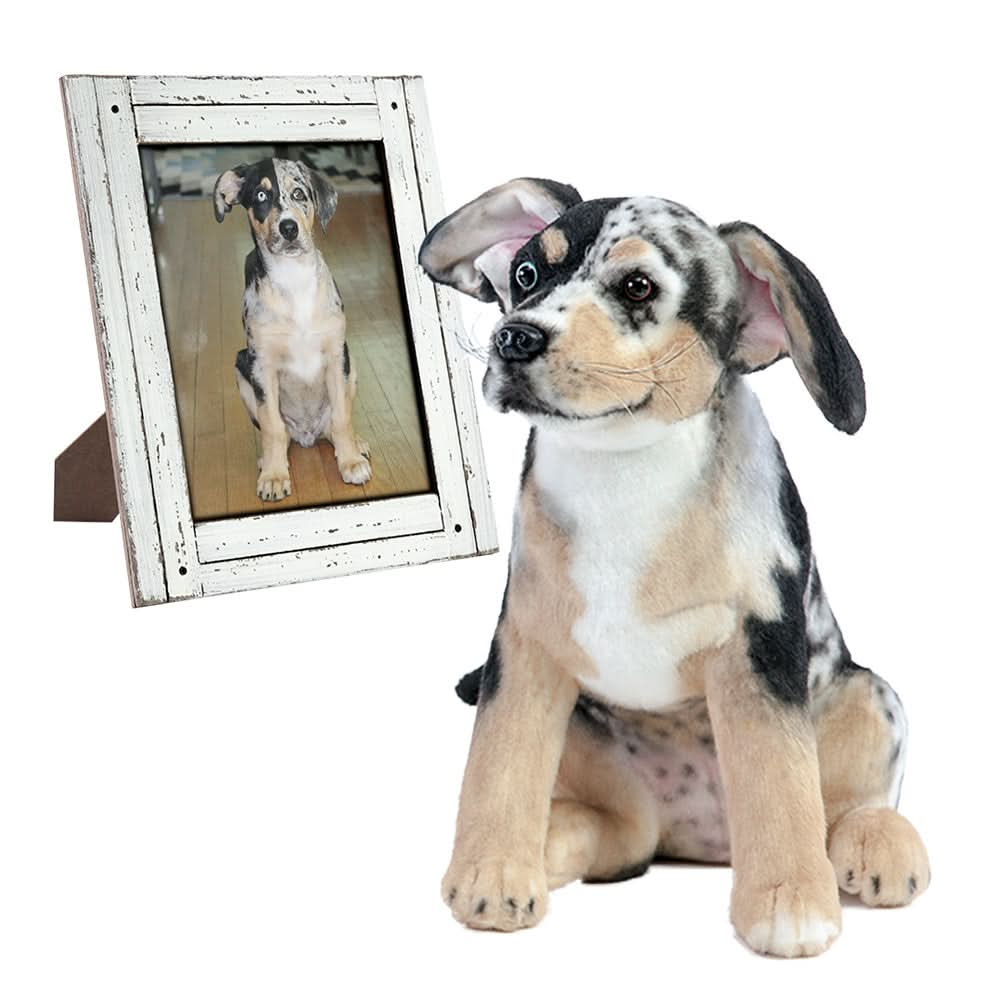
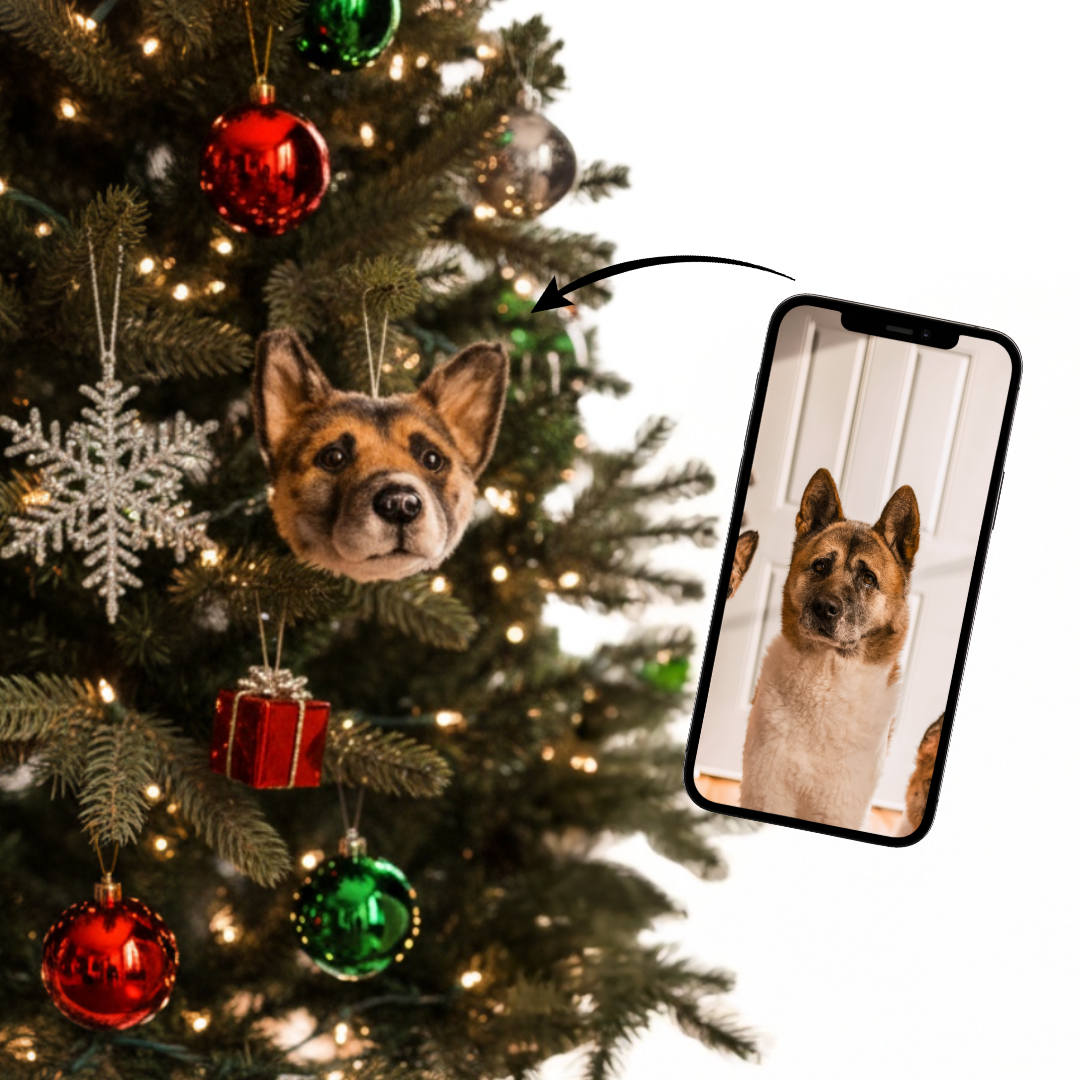
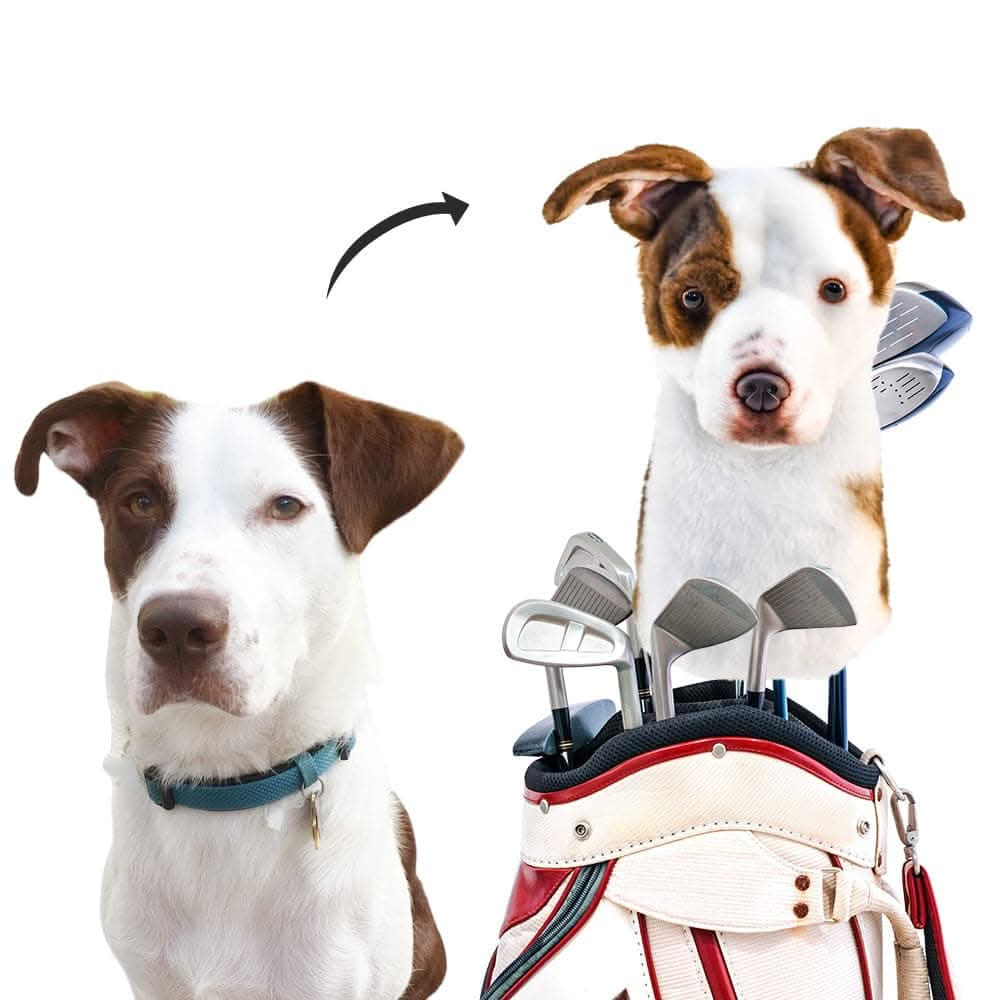
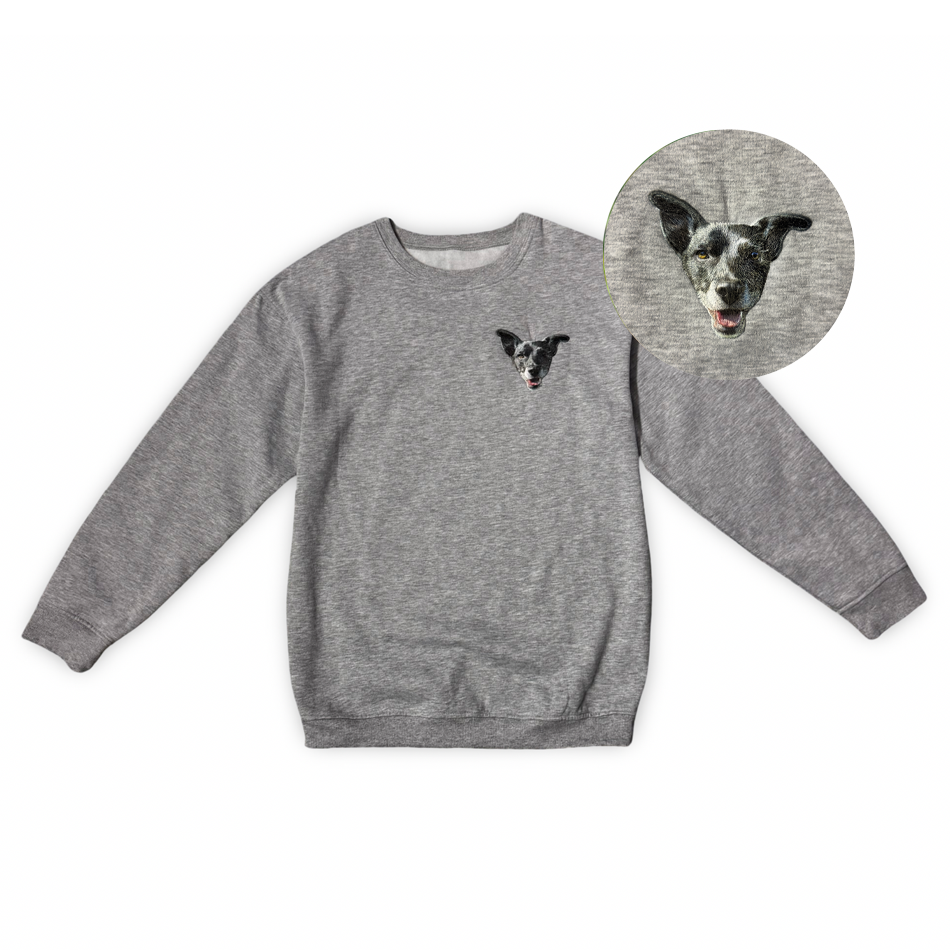
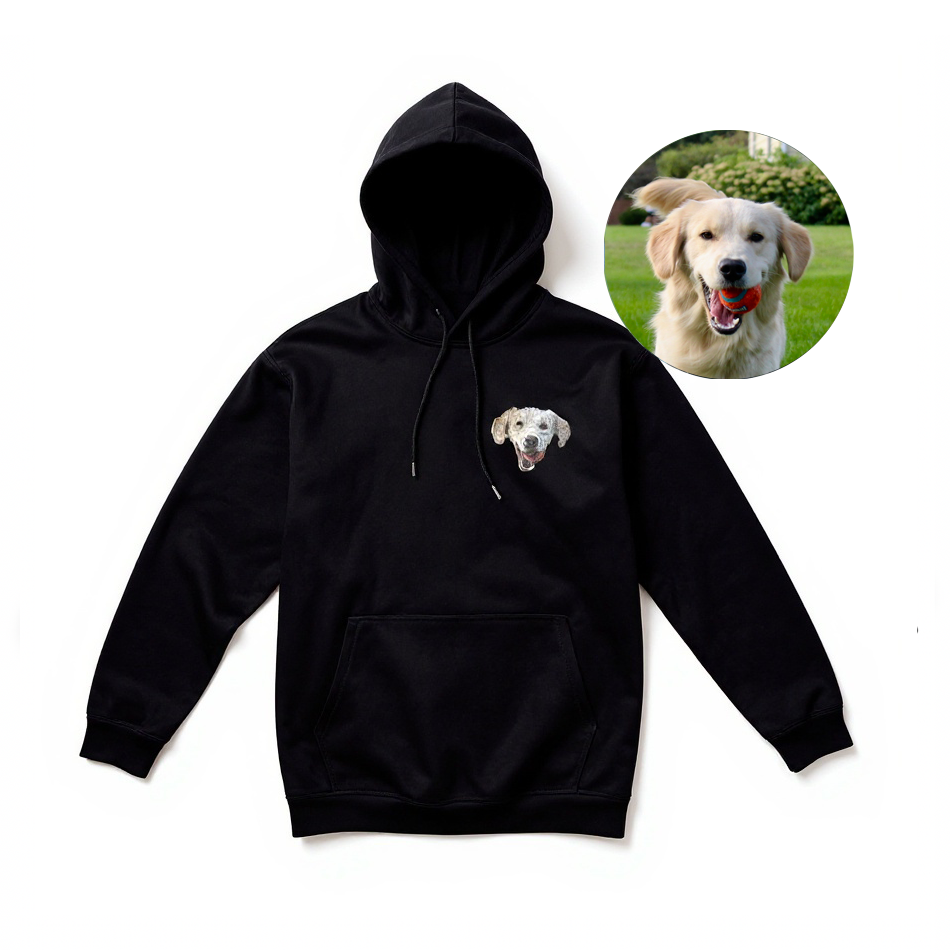
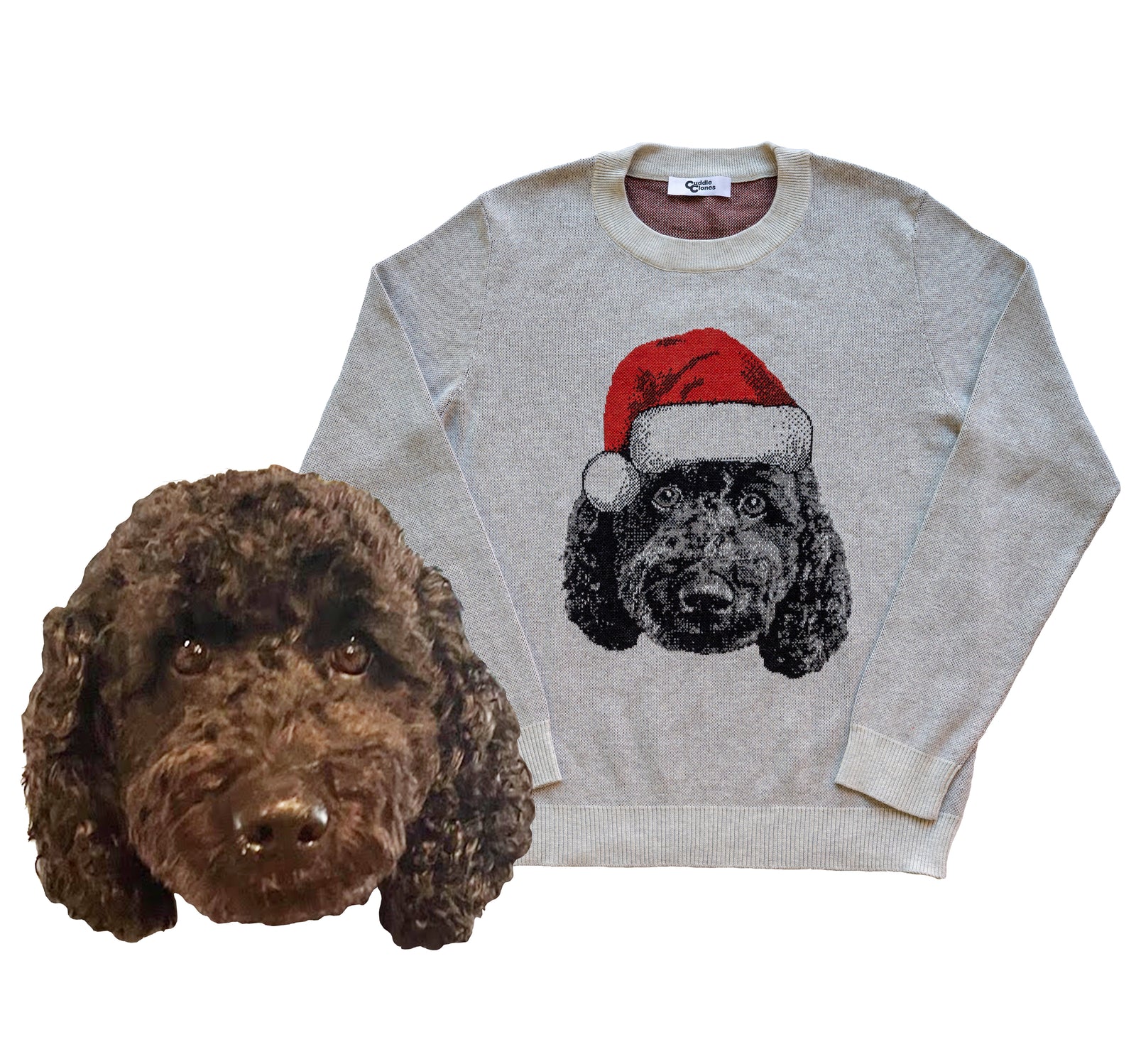
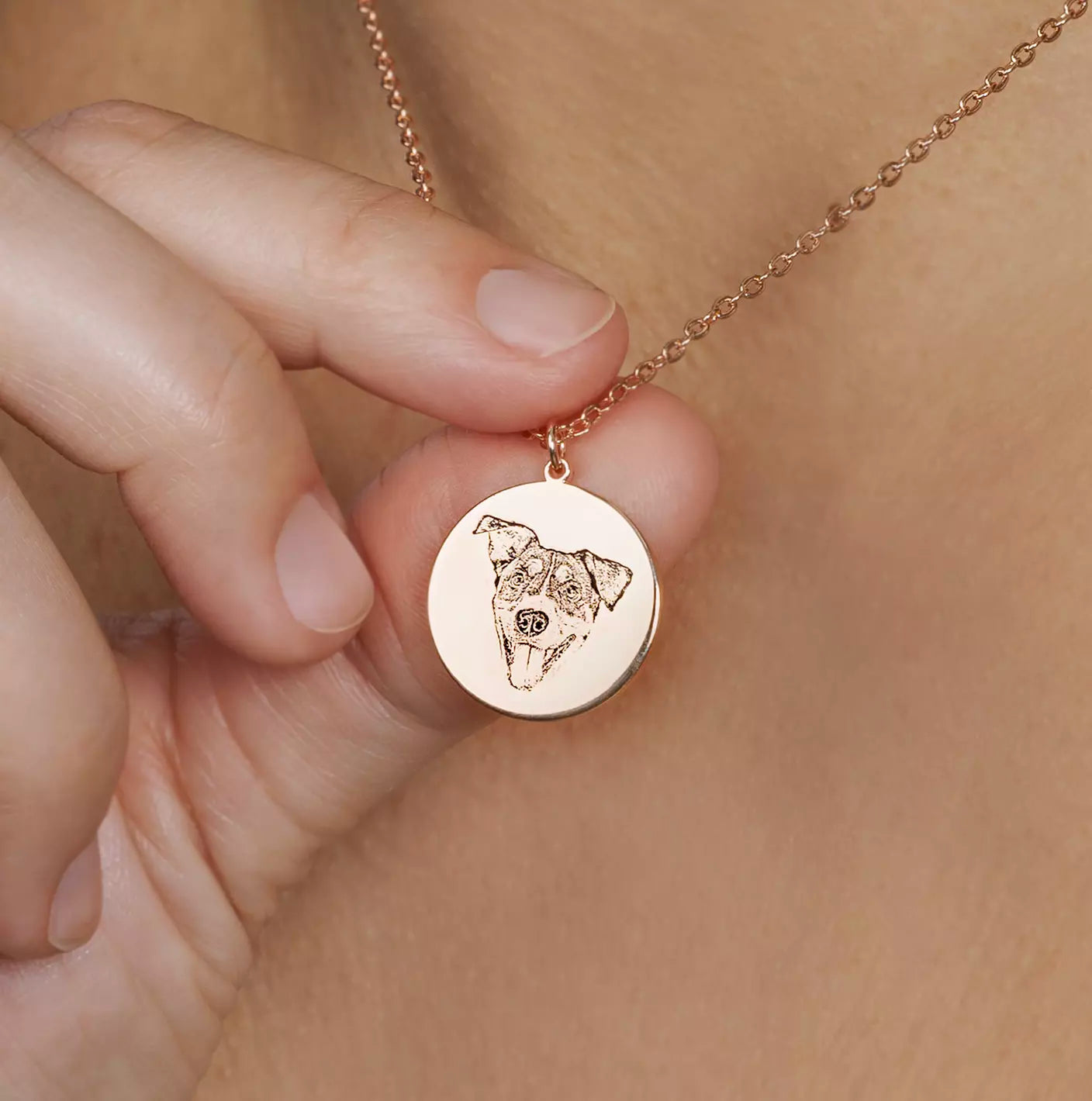
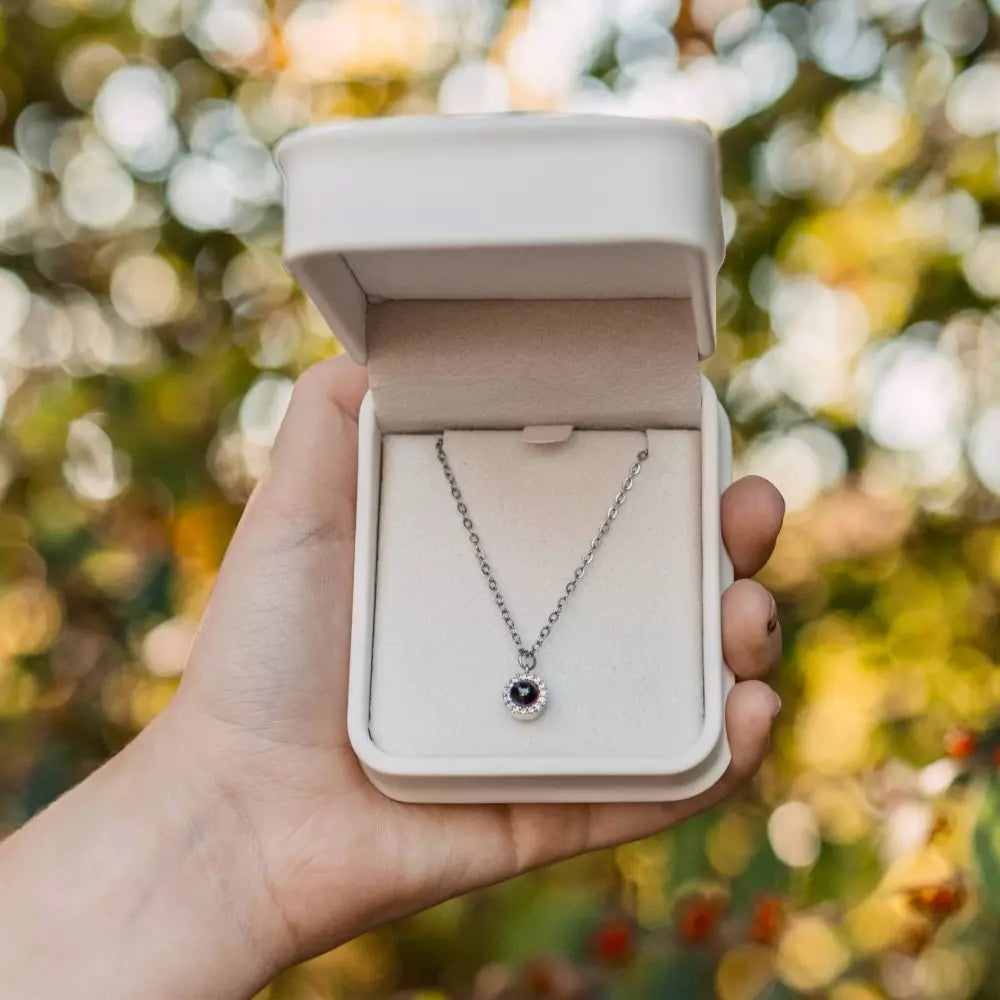
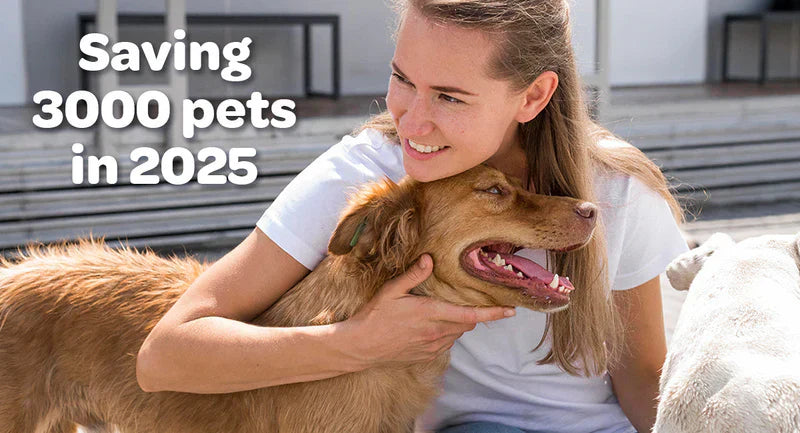
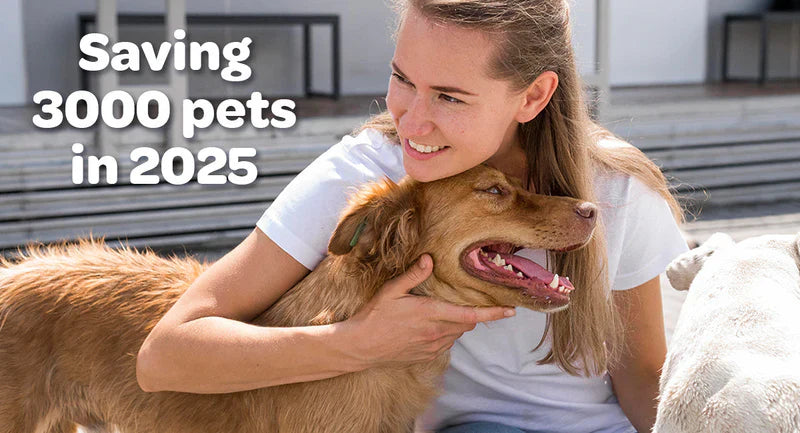
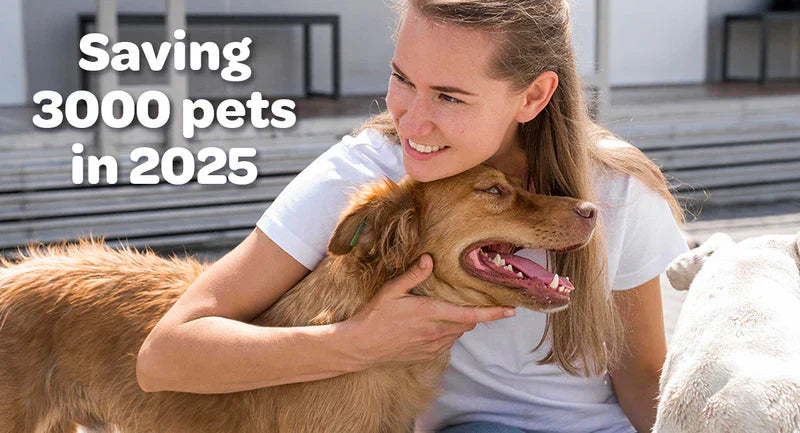
Leave a comment (all fields required)